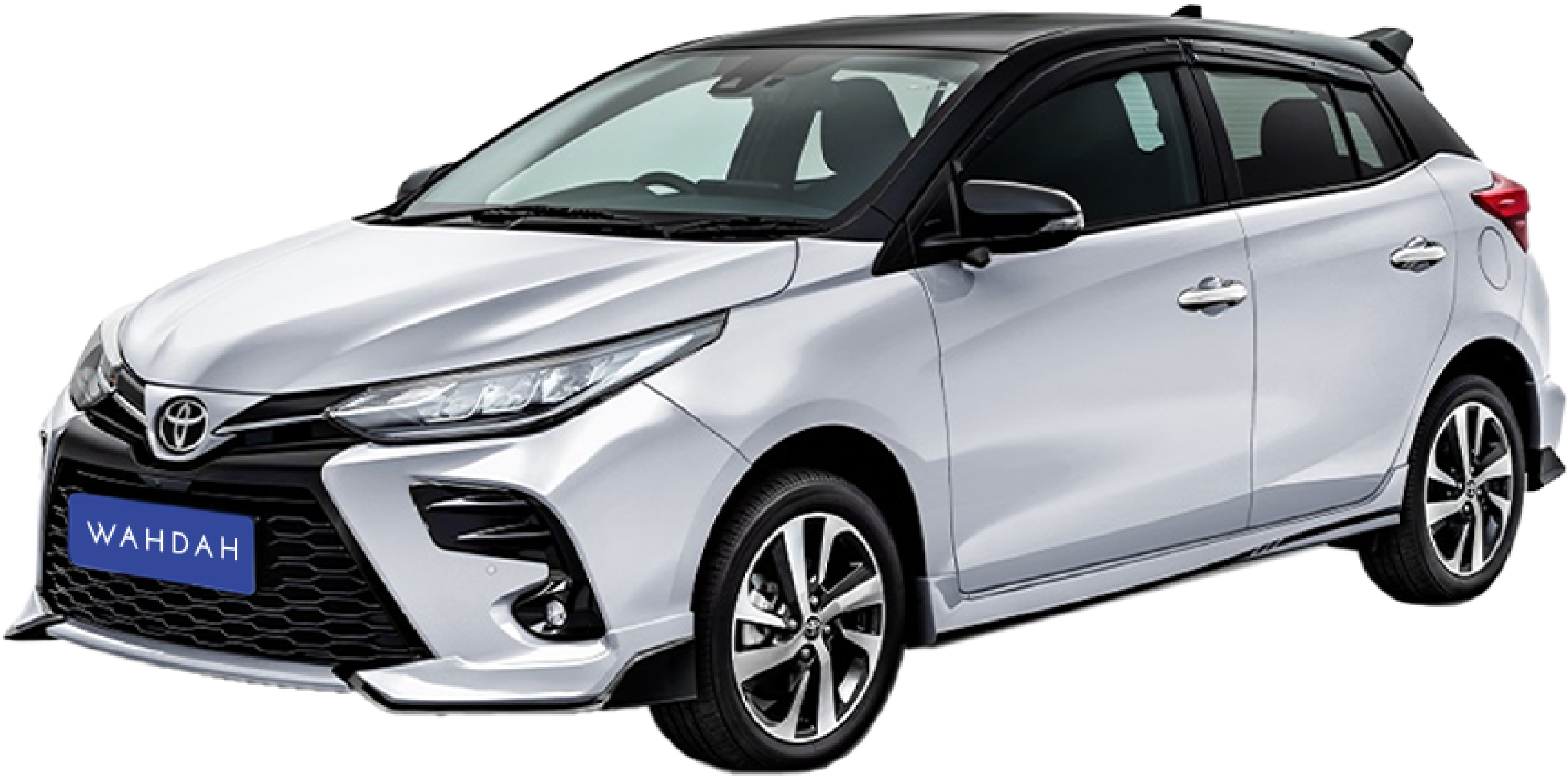Curious What Is Defensive Driving? Find Out Here

Ever heard the term "defensive driving" and wondered what it really means? You’re not alone. While most of us are familiar with "safety driving," defensive driving is the next-level skill set that turns good drivers into great, ultra-safe ones. It’s not just about following rules; it’s about actively protecting yourself from the unexpected.
So, what is defensive driving? In simple terms, it’s the practice of using proactive driving strategies to identify and anticipate potential hazards. A defensive driver doesn’t just operate their car; they constantly scan the road, predict the actions of others, and make smart decisions to avoid accidents before they happen. The official definition from safety experts is “driving to save lives, time, and money, in spite of the conditions around you and the actions of others.”
This guide will break down everything you need to know about what is defensive driving, from its core principles to how you can practice it every day.
Defensive Driving vs. Aggressive Driving: Knowing the Difference
Understanding what is defensive driving becomes clearer when we compare it to other styles.
- Safety Driving: This is the foundation. It’s the basic, minimum requirement of knowing traffic laws (like Indonesia's Undang-Undang Nomor 22 Tahun 2009), operating your vehicle correctly, and using your signals. It’s about following the rulebook.
- Defensive Driving: This is the next step. It builds on safety driving by adding a layer of constant awareness and anticipation. It’s a mindset where you are always asking, "What if?" What if that car suddenly brakes? What if that motorcycle swerves? You’re prepared with an answer.
- Aggressive Driving: This is the opposite. Aggressive drivers are competitive, impatient, and often disregard the safety of others. They speed, tailgate, and make dangerous maneuvers, putting everyone on the road at risk.
Illustration: If you can safely overtake another car, that’s safety driving. If you overtake while honking and yelling, that’s aggressive driving. But if you overtake only after checking your mirrors, judging the other car's speed, and ensuring you have a clear escape route—that’s defensive driving.
Read more: Simple Steps on How to Diagnose Car AC Problems
The Core Goals of Defensive Driving
Why go through all this effort? The goals are simple but powerful:
- Prevent Accidents Before They Happen: The main aim. By thinking ahead, you can avoid dangerous situations entirely.
- Minimize Risk: When you’re prepared for the unpredictable, you make better decisions that lower your overall risk on the road.
- Reduce the Impact of a Crash: If an accident is unavoidable, your defensive actions (like controlled braking) can significantly reduce the severity of the impact.
Ultimately, it’s about creating a safer environment for everyone—you, your passengers, and all other road users.
The 5 Key Principles of Defensive Driving
Becoming a defensive driver means mastering a few core principles. Think of these as your new rules of the road.
1. Stay Alert and Aware
-
This is non-negotiable. Your full attention must be on the driving task. This means:
- Actively looking for potential hazards like debris, potholes, or children playing near the road.
- Monitoring the behavior of other drivers, cyclists, and pedestrians.
- Avoiding distractions! Put your phone away. Don’t fiddle excessively with the radio. A moment of distraction is all it takes for a disaster to happen.
2. Always Look Ahead and Anticipate
This is the heart of what defensive driving is all about. You must develop a "what if" mentality.
- Look 10-15 seconds ahead on the road to see developing situations.
- Predict possible scenarios. For example, if you see a ball roll into the street, anticipate a child running after it.
- Adjust your driving based on weather and road conditions. Slow down in the rain and increase your following distance.
3. Maintain a Safe Space Cushion
Your vehicle needs space to maneuver in an emergency. The most critical space is the one between you and the car in front.
- Use the 3-Second Rule: Pick a stationary object ahead. When the car in front of you passes it, start counting "one-thousand-one, one-thousand-two..." If you pass the object before you finish counting, you’re following too closely. Double this distance in bad weather.
- Also, try to avoid driving in other drivers' blind spots.
4. Keep Your Emotions in Check
Road rage solves nothing. A defensive driver controls their emotions.
- Stay calm, patient, and courteous.
- Don't take other drivers' mistakes personally. Don't engage with aggressive drivers; let them pass.
- Remember, getting to your destination safely is more important than "winning" a momentary conflict.
5. Be Prepared to Adapt and Act
Finally, all this awareness is useless without action.
- If you identify a potential hazard, take proactive steps. Slow down, change lanes, or gently tap your horn to alert others.
- Always have an "escape plan"—a way out if the situation suddenly becomes dangerous.
Experience Stress-Free Travel with a WAHDAH Driver!
You now understand what is defensive driving and how much focus it requires. Why not let a professional handle the road? At WAHDAH, our experienced drivers prioritize your safety and comfort, allowing you to truly relax.
Sit back, relax, and enjoy the journey with WAHDAH:
- PROFESSIONAL, SAFETY-FOCUSED DRIVERS: Travel with confidence behind the wheel. Our drivers are experienced and prioritize a smooth, secure journey.
- ZERO ROAD STRESS: Forget navigating traffic or finding parking. Work, sleep, or enjoy the view while we handle everything.
- UNLIMITED MILEAGE: Explore without any limits. Go wherever the road takes you with no distance charges.
- BEST PRICE & FLEXIBLE PLANS: Get a guaranteed great rate and pick-up/drop-off options that work for your schedule.
Your safety and comfort are our mission. Book a WAHDAH car with driver today and transform your travel experience!
Read more: Rent a Car in Jakarta Self-Drive OR Driver - Your Choice!
Defensive Driving FAQ
What is defensive driving?
Defensive driving means driving in a way that you anticipate potential hazards and take proactive steps to avoid them. It’s a mindset focused on preventing accidents despite the actions of other drivers or poor conditions. The goal is to save lives, time, and money.
Which is an example of defensive driving?
A prime example is slowing down and changing lanes when you see a driver ahead who is swerving slightly or braking erratically. Instead of just continuing to follow them, you anticipate they might be distracted or impaired and you create a safe space around your vehicle to avoid a potential collision.
What is the most basic principle of defensive driving?
The most basic and crucial principle is anticipation. The entire concept of what defensive driving hinges on is your ability to look ahead, predict what might go wrong, and have a plan to deal with it. Without anticipation, you are merely reacting to emergencies instead of preventing them.
What is the most important skill of defensive driving?
While all principles are important, the most critical skill is maintaining awareness. This means constantly scanning your environment (the road ahead, your mirrors, blind spots) without distraction. If you aren’t fully aware of what’s happening around you, you cannot possibly anticipate hazards or make safe decisions. It’s the foundation upon which all other defensive driving skills are built.
Read more: Road Trip Jakarta to Bandung by Car? This is What You NEED to Know









 English
English
 Indonesia
Indonesia
 Bahasa Malaysia
Bahasa Malaysia Singapore
Singapore
